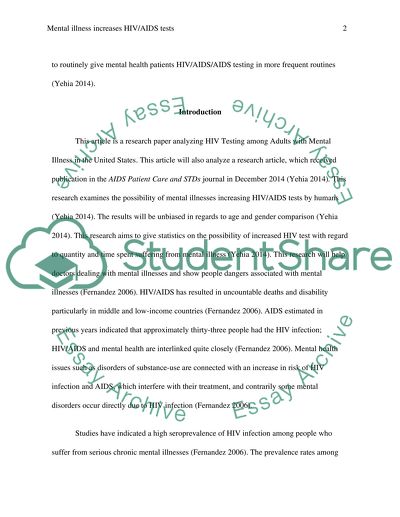Cite this document
(“Mental illness increases HIV/AIDS tests Term Paper”, n.d.)
Retrieved from https://studentshare.org/psychology/1670926-mental-illness-increases-hivaids-tests
Retrieved from https://studentshare.org/psychology/1670926-mental-illness-increases-hivaids-tests
(Mental Illness Increases HIV/AIDS Tests Term Paper)
https://studentshare.org/psychology/1670926-mental-illness-increases-hivaids-tests.
https://studentshare.org/psychology/1670926-mental-illness-increases-hivaids-tests.
“Mental Illness Increases HIV/AIDS Tests Term Paper”, n.d. https://studentshare.org/psychology/1670926-mental-illness-increases-hivaids-tests.


